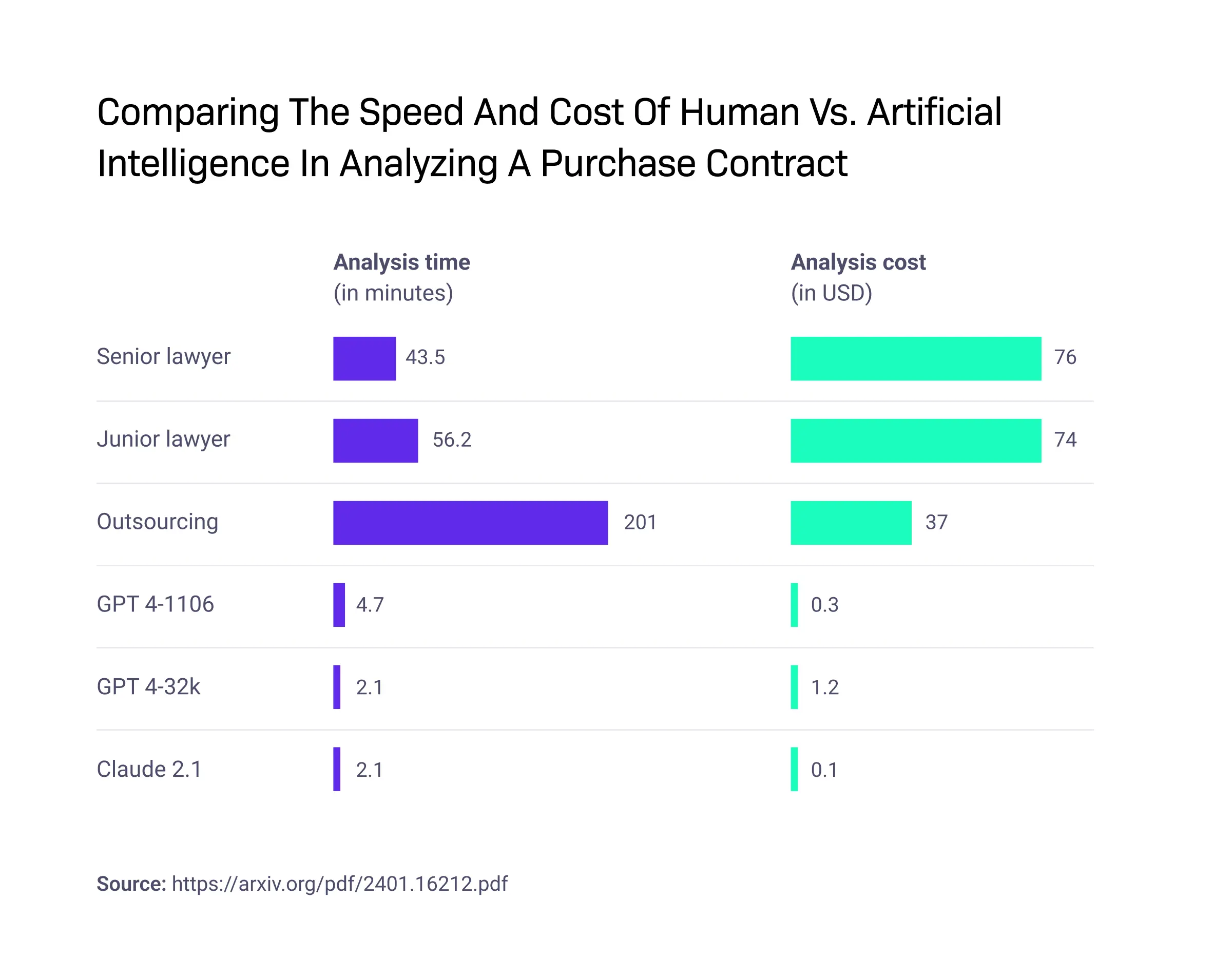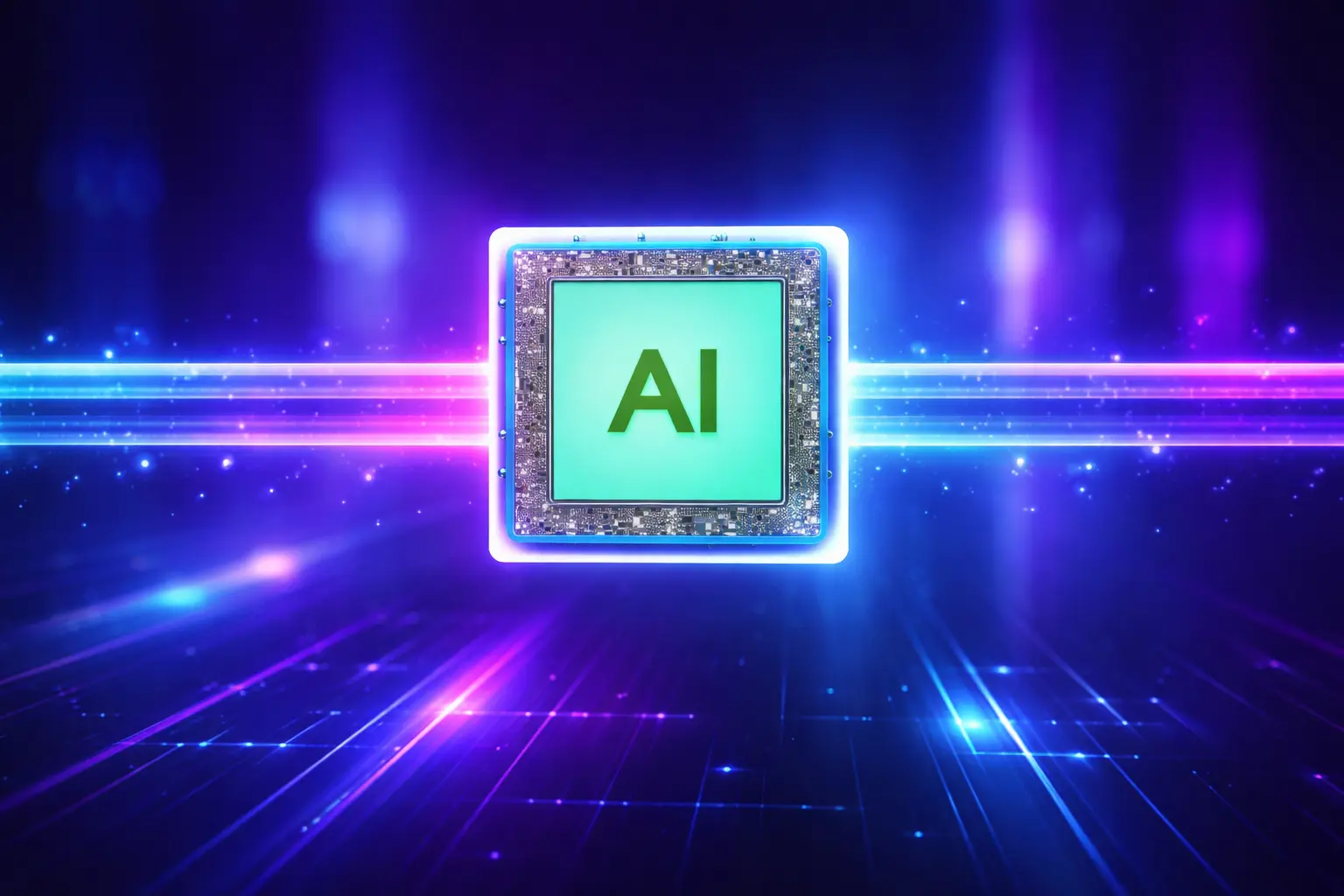
In an era where artificial intelligence discussions are ubiquitous, business leaders globally face the challenge of integrating this transformative technology into their operations, reminiscent of the past blockchain frenzy where financial institutions eagerly sought to harness its potential.
Currently, the spotlight is on generative AI (GPT) and its broad capabilities, leading CEOs and C-suite executives to explore how it can fundamentally transform their companies.
This blog post offers a practical roadmap for companies aiming to embrace generative AI in 2024.
By exploring the strategic use of generative AI, you will discover actionable insights to improve operational efficiency, foster innovation, and gain a competitive edge.
Companies are approaching the adoption of GenAI in various ways, depending on their employees' technical skills and grasp of its capabilities. Some are encouraging experimentation among team members, sending them to workshops and courses, or hiring AI consultants. Others are writing RFPs for initial implementations, while some are taking a hands-on approach, implementing custom solutions themselves.
If you're overseeing AI initiatives within your organization or hold a leadership role and are curious about how your efforts compare to those of your competitors or other companies, it can be challenging to assess.
The landscape is still relatively new, and AI has the potential to impact every facet of your organization.
Today, we’re diving into the notion of AI maturity, presenting a framework that classifies companies according to their adoption of generative AI.
From those in the early stages of exploration to innovators who are pioneering tailor-made AI solutions, each level signifies a different stage of integration.
By understanding this progression, you will get a clear roadmap for unlocking the potential of AI. This ensures not only keeping abreast of technological advancements but also leveraging them to establish new standards within your industry.
The realm of AI maturity covers a broad spectrum, including areas such as data curation, strategy, predictive AI, process optimization, recommendation systems, and more.
Thanks to this guide, you’ll see the most pertinent aspect: specific use cases of generative AI. These have gained significant attention, particularly since the launch of GPT-3 and ChatGPT.
Different Levels of AI Maturity
Level 0: The Cautious Observer
Firstly, some companies opt to prohibit the use of generative AI tools due to concerns over potential IP lawsuits or data leaks.
This is a significant misstep.
If you're comfortable storing your data in the cloud, you should also be comfortable using a professional version of ChatGPT or a similar solution.
For larger enterprises with data storage concerns, deploying proprietary open-source models on-premise or exploring enterprise-grade solutions are viable options.
Companies like PwC have successfully implemented solutions using Azure and OpenAI, there's no reason your company can't achieve the same.
Businesses that are still skeptical about AI solutions find themselves at Level 0 of GenAI maturity. Realistically I don't think that you can effectively restrict use of Gen AI so it is better to have control on what is used and how developing internal tools will allow your workers to produce similar quality results.
Level 1: The Initial Adopter
At the next level of GenAI maturity, companies integrate some form of Generative AI and observe some efficiency improvements.
You might find yourself thinking, "Yes, my company is using GenAI. It seems fine, but not revolutionary. I don’t understand what all the hype is about."
While this is a positive step, these changes are indeed far from revolutionary.
At this stage, your team members are asking you about using free versions of ChatGPT or similar tools, or perhaps you're exploring basic GenAI features in tools like Confluence or other SaaS platforms.
This is GenAI maturity Level 1.
Many businesses are already taking this step, so you’re just a little fish in a big pond.
If you swim out of it too slowly — not use the true potential of AI and not advance along the innovation curve — you lose a competitive edge.
If you are at this level you could talk to your employees, see what kind of processes could get improved, reassess your privacy policies and think about a path towards adoption where it’s possible.
Level 2: The Innovator
Exciting developments and transformative changes begin to emerge at Level 2 of GenAI maturity.
This stage entails the development of your own custom GPT model tailored to your company's specific needs.
Some of the most prominent and agile companies have already reached this level, with examples such as BloomberGPT, ChatPwC, and NestGPT emerging as pioneers in 2023.
So, what does this mean in practice?
To join these Level 2 businesses, you need a Custom GPT that understands your company’s services, policies, customers, and brand. Once you have it, start thinking about how your employees will engage with it.
Let’s break it down.
First, let's discuss how to integrate your company's knowledge into a Custom GPT. For 10Clouds embedding our company knowledge into LLM was a game changer, we were able to refer to our past portfolio, to our service descriptions and legal guidelines. We could ask questions like paste a lead description and ask for best matching portfolio items to mention during the call
There are a couple of ways:
- Use OpenAI GPT creator. You can create specific prompts, upload your company handbook in PDF or DOC format, and develop single or multiple GPTs tailored to different roles, such as CompanySalesGPT, CompanyHRGPT, and CompanyLegalGPT. Customize these models to align with your company's unique processes. This assumes that you have power users in your teams that can create prompts and understand how generative models work.
- Use a tool like AIConsole.ai. This tool, currently under development by 10Clouds, offers similar functionalities. You can import your existing knowledge base into specific agents and materials, ensuring a tailored approach to your company's needs.
- Create your own GPT. If you have a skilled development team available, you can invest in creating a CustomGPT using frameworks like RAG, vector database, and fine-tuning techniques. 10Clouds embarked on this journey in early 2023 and developed their own 10C.Assistant, which has been in active use since then. You can learn more about this initiative here: 10Clouds AI Assistant: Knowledge Retrieval and Support with a Customizable Chatbot. Companies like PwC or Bloomberg have also gone in this direction.
None of these tasks are easy; they require a solid understanding of GenAI mechanics, the ability to craft effective prompts for agents, familiarity with RAG functionality, or access to and resources for a skilled team of developers.
Now, how do you access this tool? Again, there are several options available:
- Through a shared access website such as OpenAI GPT or AIConsole. This approach offers benefits such as richer conversation capabilities, including document uploads, clearer explanations of agent functions, and a generative user interface. Don’t view these tools simply as basic chatbots.
- Via a slack, MS Teams or discord bot. This method is convenient as it seamlessly integrates with many modern company tools, but it may limit the variety of interactions and responses available from your CustomGPT.
- Directly on your desktop as an addon to your operating system or a specific desktop app. For example, you might want to highlight a passage in your browser or take a screenshot and apply CustomGPT processing to it. While there aren't currently many tools like this available, they will become more widespread in the future.
What is the best choice? It depends on your use case.
At 10Clouds, we are experimenting with all 3 modes. You can learn from our outcomes.
Most of our employees opt for our 10C.Assistant on slack for quick, simple inquiries, avoiding tedious Confluence search interface.
Meanwhile, our marketing and pre-sales teams use AIConsole via a web-like interface, and our design team focuses on OpenAI CustomGPTs due to their ability to easily ingest PDFs and slideshows. I expect them to switch to AIConsole once those features will be available there.
The ultimate goal is to streamline operations by transitioning to a unified web tool and a Slack bot interface, simplifying workflows across the board.
What benefits are we seeing?
Our marketing and pre-sales teams can accomplish much more, and the sales team doesn’t have to involve legal to check basic documents. Why? Our 10C.Assistant does basic compliance checks of documents against a pre-existing questionnaire.
In the past, creating a new service page involved conducting competitive research, consulting with our internal team to obtain the necessary technical information, selecting the appropriate portfolio items, etc. With all the disruptions, it often took between one to three weeks. Now, armed with the new tools that can utilize our company knowledge base, we have been able to reduce this time to one to three days.
This means we are now approximately 90% quicker than before!
There's a growing body of data comparing the execution of tasks that were previously deemed impossible without human intervention.
For instance, consider the comparison between AI analyzing specific legal documents and human employees performing the same task.

The disparities are striking, and our experience with analyzing NDAs and sales documents reflects similar outcomes.
We've observed that our sales representatives require significantly less assistance from the legal team for routine and repetitive tasks.
Achieving the "Innovator" level requires you to invest in organizing company data and integrating with internal systems such as case study databases and website content.
We reached this level ourselves by mid-2023, despite being a fairly mid-sized agency.
If your company isn't pursuing similar initiatives, it's a sign that you are already falling behind.
How to get there?
If you aim to reach this level and your organization is not primarily technical, you may need to rely on external consultants to help you develop a plan, select the appropriate tools, and analyze the existing knowledge base for its potential for RAG (Risk-Adjusted Governance) and LLM (Large Language Models) integration.
Level 3: The Integrator
At this stage, we move into the realm of predictions and research. From our conversations, it seems few companies have fully embraced this phase.
What does it mean?
Imagine having your own Custom Company GPT and exposing it as an API, beyond just chat and web interfaces. This opens up exciting possibilities. You can integrate GenAI processes into your existing applications and workflows, boosting efficiency and innovation.
Want to suggest next steps for a sales rep in Salesforce? Simply send the request to Custom GPT API and get action suggestions right in your CRM.
Got a new customer form? Use Zapier to process it and send it to your custom GPT for assessment against sales guidelines. Receive tailored next steps and a personalized outreach email instead of the usual email chain.
Deploy a specialized chatbot on your website that's continually updated based on your internal knowledge base.
Tool usage
Additionally, companies will begin incorporating tool usage into their Custom GPTs. Most existing systems have APIs and libraries, enabling actions like requesting leave, logging a new lead, or creating a project issue directly through the Custom GPT.
The more integrations your Custom GPT has and the more reliable they are, the more powerful it becomes.
Content creation workflow
Consider a marketing workflow for content creation, like developing a new landing page.
Initially, you gather research on the new service, drawing from both the company wiki and broader internet sources. Next, you organize this material into a structure suitable for the landing page or blog post. GenAI significantly speeds up this interactive process.
However, by integrating your CMS as a tool at the end, you can simply ask your agent to post a draft to the company website. This frees up 30 to 60 minutes of tedious work for each content piece.
Currently, we're at this stage, gradually incorporating various integrations and APIs into our Custom GPTs. We hope these will lead to truly magical experiences for our team.
How to get there?
Once you have your Custom GPT, integrating it throughout your organization becomes a development process. You will need a team with skills similar to those required for typical back-office automation, as well as evangelists in each of your specific teams.
So, is there anything beyond?
Level 4: The Visionary
Yes. And that’s autonomous and semi-autonomous agents taking on tasks based on activities in CRMs, Slack, GitHub, and more. Think about recent news on Devin software engineering autonomous agent and imagine similar solutions for other use cases.
Eventually, these systems will begin to take initiative, observing their environment—emails, Slack messages, social media activity—and autonomously taking actions.
These agents could function as helpful interns or assistants within your Slack or Salesforce, picking up tasks whenever feasible.
In some potential scenarios, they might work closely with team members, or even replace basic roles entirely, allowing smaller teams to accomplish more.
Keep in mind, I haven't even touched on the learning and improvement capabilities of these agents, which will only make them stronger over time.
Predicting the exact outcomes is challenging, but one thing is clear: organizations must take control of their data, process descriptions, guidelines, and more, making them accessible to Custom GPTs for analysis.
With a guidebook on how your company operates, its values, and mission, you'll be well-equipped to harness the power of Generative AI and advance along this curve.
Map Your Future with GenAI
Whether you're just starting with GenAI or already advanced, there's always more to explore. AI has the power to streamline your workload, freeing up time for strategic thinking and innovation.
If you're keen to discuss how to implement these insights in your organization, reach out to me!



